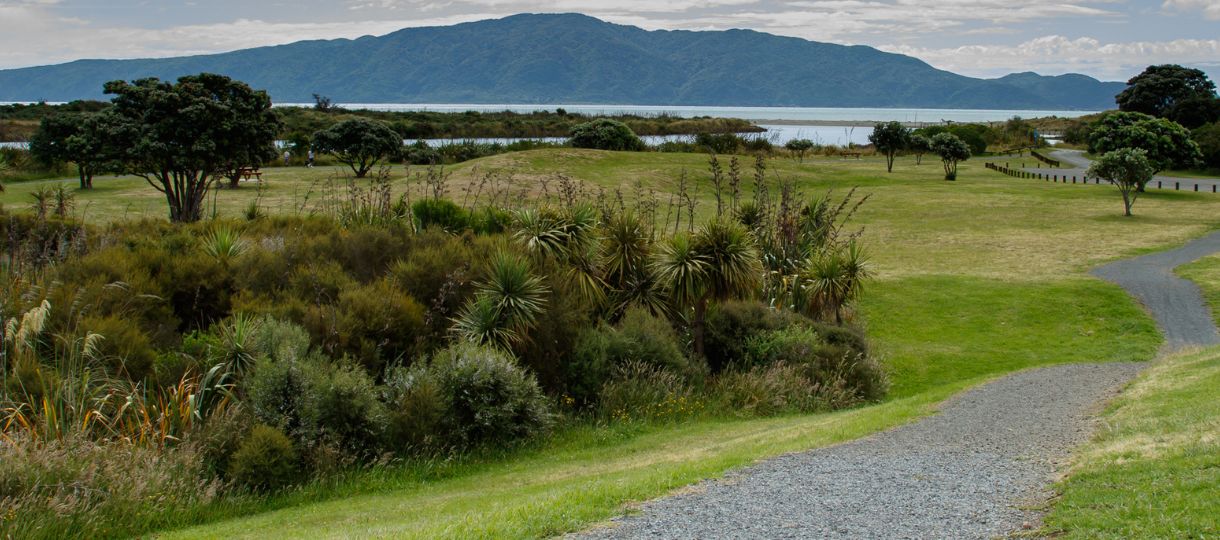Ngā Manu Nature Reserve is home to some of New Zealand's most rare and extraordinary wildlife - including Kiwi, Kākā, Kākāriki, Kererū, Tuatara, Kea, Pāpanga and Whio ducks.
.jpg)
The 14 hectare Ngā Manu Reserve comprises a mosaic of habitats including the largest remnant of lowland swamp forest remaining on the Kāpiti Coast, ponds, wetlands, open lawn areas, walk-through aviaries, reptile enclosures, and a nocturnal house for kiwi. The swamp forest walk is typified by swamp maire, pukatea, kohekohe, and several breath-taking 400 year old kahikatea. What the forest lacks in terms of rarer bird species is more than compensated for by the abundance of tui, kereru and fantail and associated birdsong.
Our kaupapa is rooted in the Trust’s goals to preserve and enhance native forests so that their inhabitants can flourish. Since inception Ngā Manu has partnered with DOC and others in many breed-for-release programmes which seek to re-establish at risk species of birds and reptiles into the wild. This has seen us participate in breeding programmes for kiwi, whio, pateke/brown teal, kāka, orange-fronted, red-crowned, yellow-crowned and Antipodes Island parakeet, tuatara, and Whitaker’s skinks to name a few.
In addition to these programmes Ngā Manu has a long history of involvement in the treatment and rehabilitation of native bird species which are brought to us by the local community. Our aim is to release as many birds as possible back into the wild.We are also deeply committed to the health of the lowland swamp forest remnant which prompted the original Trustees to take an interest in the site. One way we do this is through our volunteer-led programme of pest control. This effort is increasingly important as Ngā Manu becomes an isolated oasis in a changing landscape.
We consider the most important first step of any successful conservation to be strengthening the connection between people and the natural world.
The Reserve is a regular destination for school groups of all ages. Staff and volunteers introduce and/or guide our visitors into deeper connections with the natural world through regular tours and special presentations. We utilise our functions space Robins Nest as a classroom when needed.
Over the years many researchers have based their studies at Ngā Manu. These have involved both our captive holdings and aspects of the Reserve at large. We support the research through grants offered through Victoria University and Massey Palmerston North, as well as offering Theo’s Cottage as on-site accommodation to researchers.





